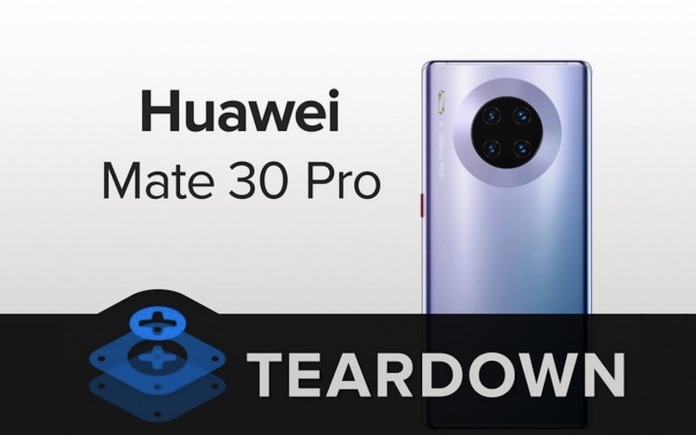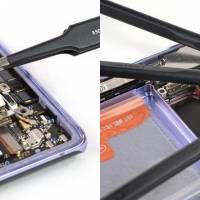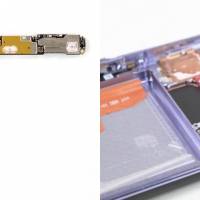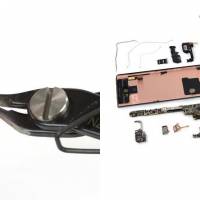
The Huawei Mate 30 series has been highly anticipated because it would be the first to be not fully supported by Android. We were expecting Android 10 but there was no mention of the platform at all. Huawei only mentioned EMUI 10 which is still based on Android 10. It ranks the highest in DxOMark with a score of 121, tied with the Xiaomi Mi CC9 Pro Premium Edition. The phone was made official with premium specs and prices last September. The phone arrived in other variants and we said they would “immediately” get Google apps if the ban is lifted.
The new Huawei flagship series is still doing well but with some issues. It may or may not unlock bootloader. The Pro version even lost the ability to install Google apps. It is getting several workarounds but then wouldn’t work at times.
IFixit got to do its own teardown analysis of the Huawei Mate 30 Pro and discovered the usual. Let’s review the specs and features first: 6.53-inch OLED display, 2400 × 1176 resolution, 8-core CPU Huawei Kirin 990 processor, quad cameras (40MP ƒ/1.8 + 40MP ƒ/1.6 + MP ƒ/2.4 with 3x optical zoom + 3D depth-sensing camera), 32MP ƒ/2.0 selfie camera, IP68 dust/water resistance rating, USB-C port, gesture recognition, under-display fingerprint sensor, and a facial recognition hardware.
The Huawei Mate 30 Pro is smaller than the Huawei Mate 20 X 5G. The phone is easy to open though with the tried-and-tested heat-lift-slice method. Most parts are easy to remove. The only thing getting in the way is a large cable.
The highlight of the phone is the quad-camera array inside. The round camera model outside is more for aesthetics. In the end, the repairability score is only five (5). Most components are modular, meaning they can be replaced easily. Standard Phillips screws are used so they are easy to remove and replace if lost.
Some good points include the pull tabs making a quick work of battery replacement. Only a few parts require extended disassembly for service. You can remove the display without having to remove the battery. Unfortunately, the front display and back glass have been glued down which meant a greater risk of breakage. It could also make repairs lengthy and more difficult.















